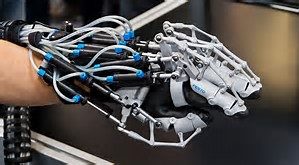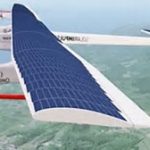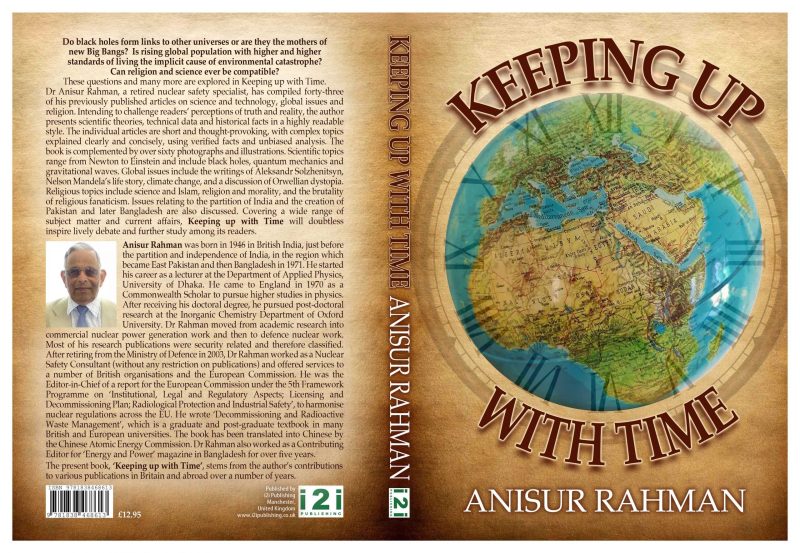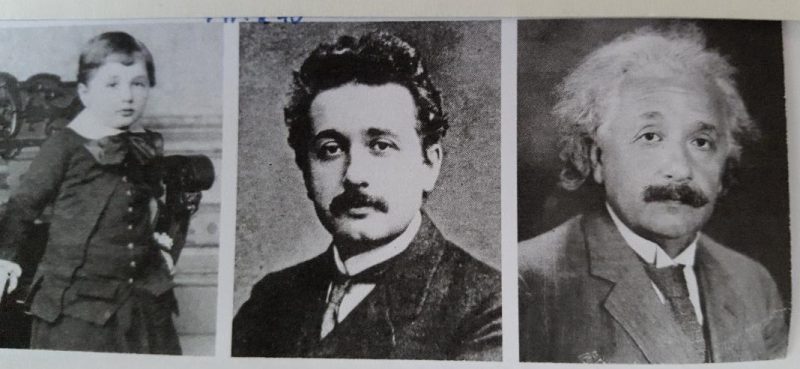[Dedicated to: Dr. Palitha Bandara, School of Design, University of Leeds, Leeds, UK.]
Technically advanced materials have sophisticated physical properties and functional features. Scientists have pioneered the investigation of producing high performance fibrous materials. Recent advances in bio, nano and textile technology presented enormous opportunities for developing engineered materials for challenging applications with critical performance requirements. This research article sheds on light on the critical physical properties of high performance materials and our endeavors and progresses in perspective to design lighter, stronger, tougher and safer materials.
Textile material touches our life many ways. They are used today to replace corrosive heavy metals for high performance applications and extended life cycle. Specialty fibrous materials exhibit specific physical properties and functional features. For challenging applications and environment, scientists and technologists predict, analyze, combine and optimize structure-performance-property interrelationships for developing engineered materials with critical performance requirements.
Table 1: Properties of selected high performance fibrous materials.
| Properties> |
Density |
Strength |
Modulus |
| Materials | g/cm3 | GPa | GPa |
| Carbon Nanotube, SWNT | 1.33-1.4 | ~100 | ~1000 |
| Cellulose NonoCrystals, Wood | 1.5 | ~10 | ~150 |
| UHMWPE, Dyneema, Spectra | 0.97 | 2.4-3.3 | 73-124 |
| PBO, Zylon | 1.54-1.56 | 5.8 | 180-270 |
| Vectran, (HT, UM) | 1.4 | 3.0-3.2 | 75-103 |
| para-Aramid, Kevlar (29, 49) | 1.44-1.47 | 2.9-3.0 | 70-112 |
| Graphite (AS4) | 1.8 | 4.3 | 230 |
| E-Glass | 2.6 | 3.4 | 72 |
| Stainless Steel | 7.8 | 2 | 210 |
| Polyester PET, High Tenacity | 1.38 | 1.1 | 15 |
SWNT: Single Wall NanoTube. UHMWPE: Ultra High Molecular Weight Polyethylene. PBO: Poly-para-phenylene bisoxazole.
Density or specific gravity, refers to how light/heavy is the material. The density of water is 1 g/cm3.
Strength = Load required to break the material. Modulus = Resistance energy to extension. 1 GPa = 100kg/mm2.
Designing extreme engineered materials is far more complex than ever. To simplify the process, we have considered here three critical mechanical properties of materials: density, strength and modulus among the other specialty physical properties of these fibrous assemblies. Note that not all fibers are suitable for all challenging applications. Each fiber has its distinct property for its niche application. Table 1 presents the physical properties of selected high performance materials. To design and develop extreme engineered materials, we primarily combine high strength-to-weight (strength and density) ratio and resistance energy to extension (modulus). Table 1 highlights:
- CNTs and NCCs are the most strongest materials
- UHMWPE is the lightest strong material
- Stainless steel is the heaviest material
Carbon NanoTubes (CNT) and NanoCrystalline Cellulose (NCC) are two emerging super strong materials. The physical properties of CNTs and NCCs are based on theoretical calculation and experimental observation. But these two strongest nanomaterials, CNTs and NCCs, will change our material science and engeneering world dramatically. They are likely to be used as reinforcing fillers into conjugating matrix prolymer to make stronger and tougher composites. Their strength and toughness synergy will depend on how intricately they are coupled with polymer matrix. We need to learn how to couple and manipulate invisible nano-particles safely for designing extreme engineered materials with sophisticated physical and functional features.
Stay tuned! More to come….
Acknowledgements: TexTek Solutions & MW Canada.
Interesting References:
2011 Airship Technology> Materials> S Islam et al., Cambridge University Press, UK – In Press
2010 Vectran Fiber: A Unique Combination of Propoerties for the Most Demanding Applications: http://www.vectranfiber.com/engineering_introduction.asp, Jul 10
2010 Carbon Nanotube, Wikipedia, Jul 10
2010 [PDF] KEVLAR® technical guide – DuPont. The miracles of Science™; Jul10
2010 Physical Properties of Carbon Nanotubes, pa.msu.edu/cmp/csc/ntproperties, Jul 08
2010 Super Strong NanoCrystalline Cellulose Synthesis: Challenges and Opportunities, S Islam, biggani.org, Jul 04
2010 Sizing Nanoparticles – Determining the Particle Size of Nanomaterials by Micromeritics, AZoNano.com, Jul 02
2010 Biosensing with Nanotubes, J G Shapter, AZoNano.com, Jul 01
2010 Progress and Perspectives in the Carbon Nanotube World, M Endo, AZoNano.com, Jun 23
2010 Soft Capacitor Fibers Using Conductive Polymers for Electronic Textiles, J F Gu, S Gorgutsa, M Skorobogatiy, Jun 26
2010 Complete Analysis of Nanomaterials in Textile Textile Industry, Nanomaterials, Reportlinker.com
2010 Iridescent Solid NanoCrystalline Cellulose Films Incorporating Patterns and Medthod for Their Production, S Beck, J Bouchard, R Berry, USP 2010/0151159 A1, Jun 17
2010 Striking New Details About the Electronic Structure of Graphene, Graphene, May 20
2010 Conductivity Trends of PEDOT-PSS Impregnated Fabric and the Effect of Conductivity on Electrochromic Textile, Y Ding, M A Invernale, G A Sotzing, ACS Applied Materials & Interfaces, Vol. 2, No. 6, 1588-1593, May 18
2010 Technical Interactions, R Berry, FP Innovations, Montreal, Canada.
2010 Parameters Affecting the Chiral Nematic Phase of NanoCrystalline Cellulose Films, J Pan, W Hamad, S K Straus, Macromolecules, 43, 3851-3858
2009 Canada Strikes Nanotech Gold, R Lombardi, Canadian Business Online, Oct 13
2009 New Wood-Fibre Product Holds Promise for Forestry Industry, Edmonton Journal, Jun 25
2009 A Technique for Production of Nanocrystalline Cellulose with a Narrow Size Distribution, W Bai, J Holbery, K Li, Cellulose, 16, 455-465
2006 Carbon Nanotubes: Next Generation of Electronic Materials, J Seetharamappa, S Yellapa, F D’Souza, Electrochemical Society Interface, Summer
2006 Cellulose NanoCrystals Make Plastic 3,000 Times Stronger, Nanowerk News, Oct 19
2006 Methods and apparatus for spinning spider silk protein, S Islam et al., USP 7,057,023 Jun 6
2005 High-toughness Spider Silk Fibers Spun from Soluble rc-Silk Produced in Mammalian Cells, C Karatzas, S Islam et al., Biotechnology of Biopolymers: From Synthesis to Patents, 2 Volumes, Germany 945-966
2005 Nanotech Changes Everything, R Spence, Canadian Business Online, Jul 25
2005 Value-added Textile Technology, S Islam, Textile Excellence J., Anniversary Issue, Jul. 3(1) 55-56
2005 [PDF] TOYOBO CO., LTD.: www.toyobo.co.jp/e/seihin/kc/pbo/Technical_Information_2005.pdf
শফিউল ইসলাম
ইমেইল: [email protected] ওয়েবঃ https://www.linkedin.com/in/shafiul2009/











Leave a comment